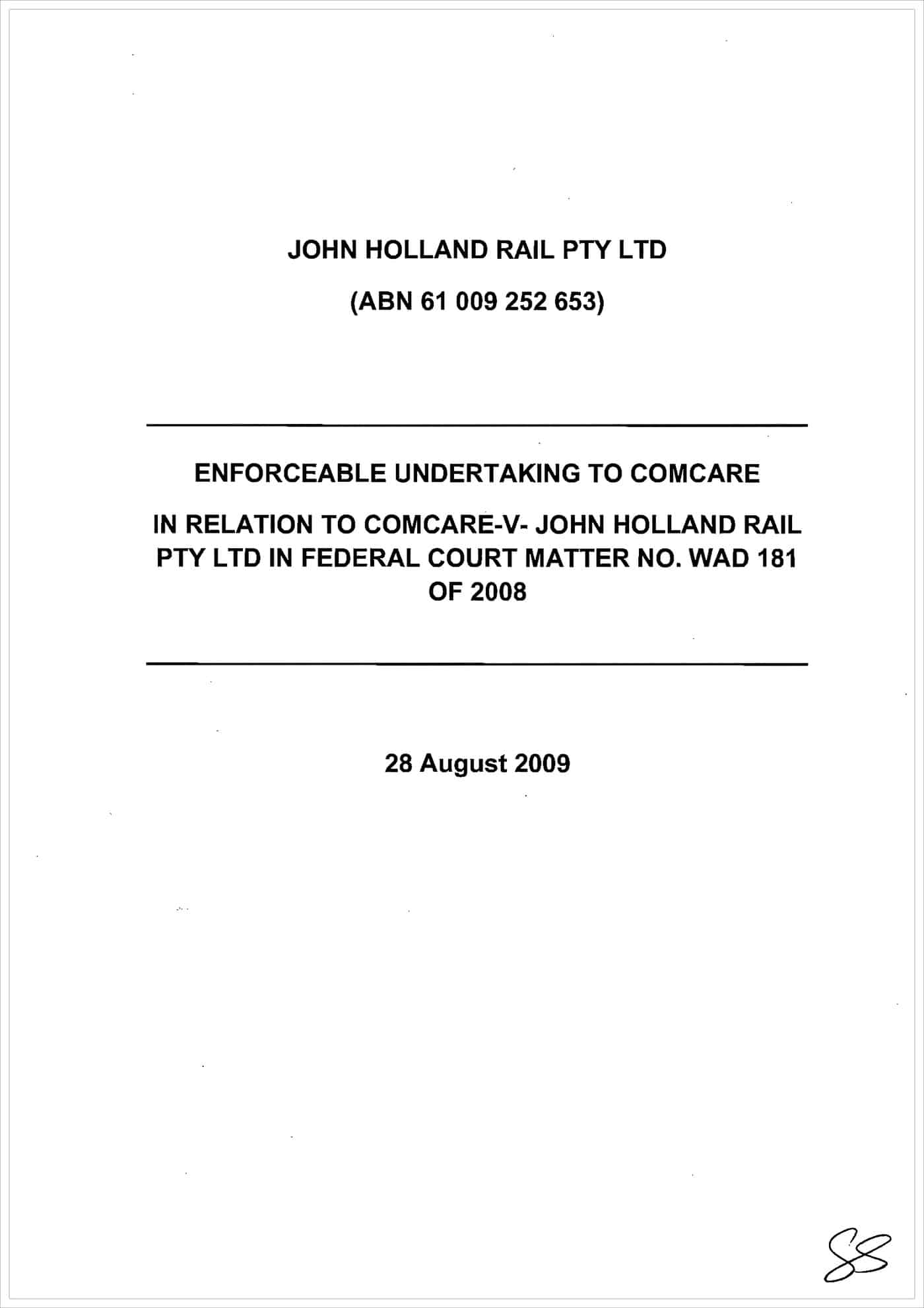Every industry has jargon. A common language and common terms can build companionship and solidarity. But when used outside a “discipline” it reduces the effectiveness of communication. The mis-application of jargon can generate confusion and is, in many areas, being purposely used to hide meanings. Sadly in the safety profession, jargon is used to mask the inadequacies of professionals in many circumstances.
Below is an example of the (lack of) communication that recently did the rounds in Australia:
“…. partnership to assist in facilitating a more holistic approach to our (OHS) profession along the lines of more clear, established and disciplined paths and requirements to progress those paths.”
I would suggest this would translate as “someone has given us money so that we can do things”.
A very good blog article on current “business-speak” is available online.
Please send in your examples of safety-related nonsense that you may have found in mission statements, annual reports or other documents.

